Here at The Overpopulation Project we explore various aspects of the population-environment connection, some of which get quite complicated. In this blog we make a simple point, well worth remembering and sharing with colleagues and friends. We highlight the difference between a decreasing rate of global population growth, the amount of growth, and an end to growth. These distinctions about growth are regularly confounded in the media and in conversations about population.
by Philip Cafaro

A few weeks ago, I was discussing the role ending global population growth could play in helping curb greenhouse gas emissions and limit global climate change. My conversation partner was an atmospheric scientist with a strong commitment to educating the public on climate matters. In the course of our discussion, he offered that the world had made “incredible progress in reducing population growth,” based on the sharp decrease in TFRs (total fertility rates) achieved by many countries around the world in recent decades.
His comments were a reminder that progress has been made and thus that progress can be made. This, of course, is good to keep in mind. He also got me thinking about the ambiguity in a statement like “progress in reducing population growth.”
It is true that as fertility rates have come down around the world, the rate of global population growth has slowed. Forty years ago, the world population was increasing at a little less than 2% per year. Today, that figure is closer to 1% annual growth (see Table 1). That looks like progress.

But note, the rate of growth is for a much larger human base. Forty years ago, the world was adding about 80 million people annually. Today, the world is adding—about 80 million people annually (82.6 million last year, according to one estimate). Thus, the amount of population growth has stayed about the same during this period (see Table 2). That doesn’t look like progress, but like continuation of an unacceptable status quo.
Furthermore, in a world where humanity is seeking safe use of biospheric resources (at least in declarations from the UN), any increase in the total number of people is going in the wrong direction. Remember that it is total numbers that drive humanity’s unsustainable demands on global ecosystems. As long as the global population is increasing, those demands will tend to keep increasing as well. Real progress toward sustainability demands not merely a decrease in the amount of population growth worldwide, but an end to such growth—hopefully followed by its reversal. Until we reach an end to growth, we may speak of progress toward that end, but certainly not of sufficient progress.

Figure 1 below, borrowed from McDevitt 1999, graphs both total global population (black line) and the decadal increase in population numbers (bars) from 1750-2050. The figure reminds us that a decrease in the amount of population increase can still add up to substantial overall population increase. It should be noted that the projected decreases for the last three decades (2020-2050) now seem unlikely to happen, since they require a more rapid decrease in global fertility rates than appears to be occurring.

Whether the trends projected in McDevitt 1999 would represent sufficient progress toward sustainability might be matter for debate. But assuming a continued downward trend in population increase after 2050, the end of global population growth would at least be in sight.
However, there is no reason for complacency. First, we have good evidence that humanity’s current population is unsustainable, in warming temperatures, acidifying oceans, disappearing wildlife and increasing arguments over allocating fresh water. Second, neither a smooth transition from increasing to decreasing amounts of population growth, nor its continuation, is guaranteed. Recently, a stall in the declining fertility rates in African countries and elsewhere has reversed the trend toward smaller annual increases in the global human population, as shown in comparison between McDevitt’s projected data and actual data for the past three decades (Figure 2).

Future human population numbers are not set in stone. They will be a function of government policies and billions of individual decisions. And most recently we seem to be moving further away from the goal of population stabilization, as Jane O’Sullivan shows in a figure from her recent publication “Synergy between Population Policy, Climate Adaptation and Mitigation” (2017). Figure 3, borrowed with her kind permission, shows that as international aid for family planning has declined in recent decades, the declining population increases expected by UN demographers have failed to materialize. Instead, humanity seems stuck on a “constant fertility” path set to deliver increasing additions to global human numbers.

Again, the evidence suggests that there is no room for complacency. We need to distinguish between rates of population increase, amounts of population increase, and an end to population increase—and work to achieve the latter. Ending population growth is a necessary part of achieving global environmental sustainability, and humanity is nowhere near doing so.
References
McDevitt, T. Knowledge-Based Population Projections: New Statistical Evidence and a Word on Making Projections under Real World Conditions. Poster presented at the Population Association of America meetings; New York; March 1999.
O’Sullivan JN. Synergy between Population Policy, Climate Adaptation and Mitigation. In: Hossain M, Sarker T, Hales R, eds. Pathways to a Sustainable Economy. Cham, Switzerland: Springer International; 2017:103-127.
United Nations Population Division. World Population Prospects. 2017.
Do you want to learn more about the solutions for overpopulation and actions towards sustainability? What actions we need to take on individual, community, national and global level? Check out the Overpopulation Project’s list of solutions!


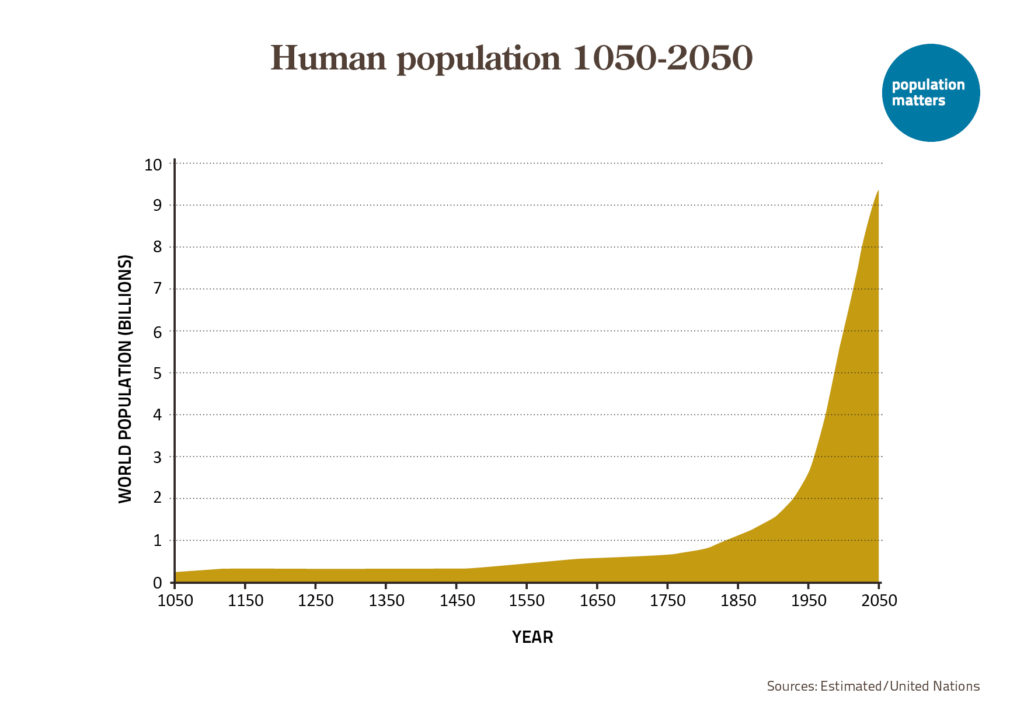
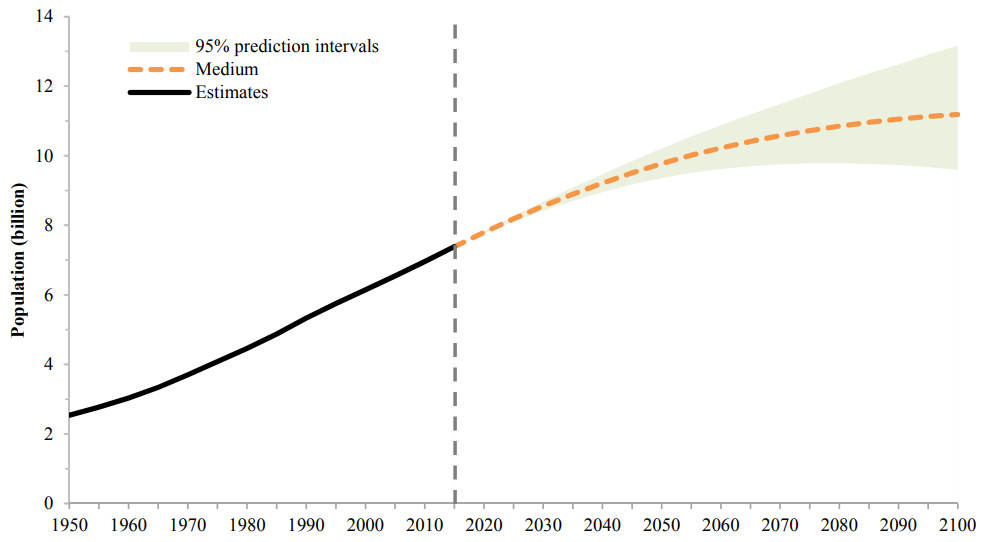
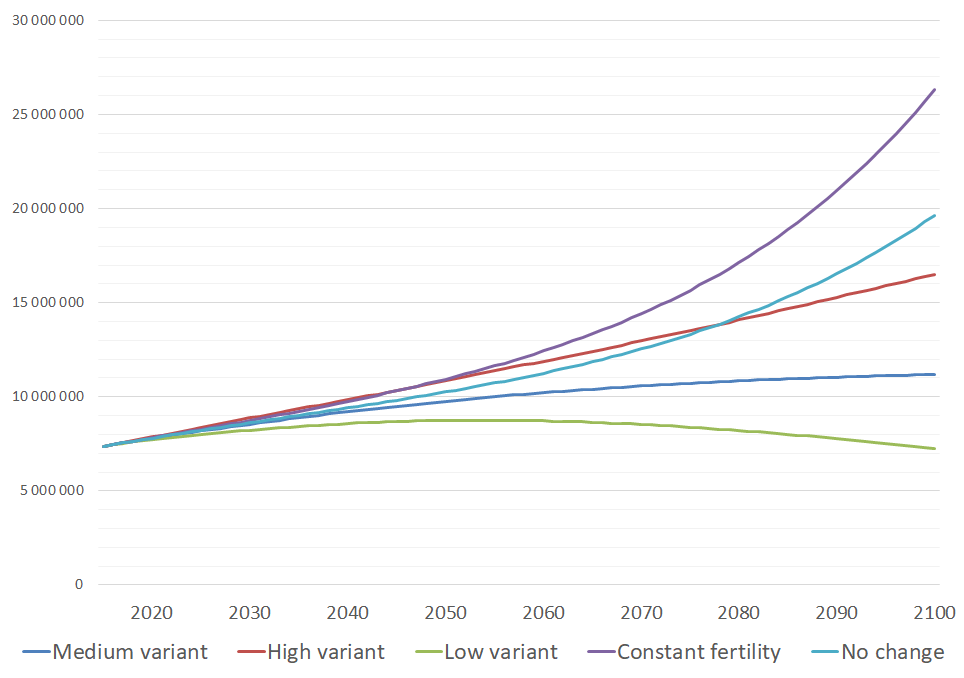
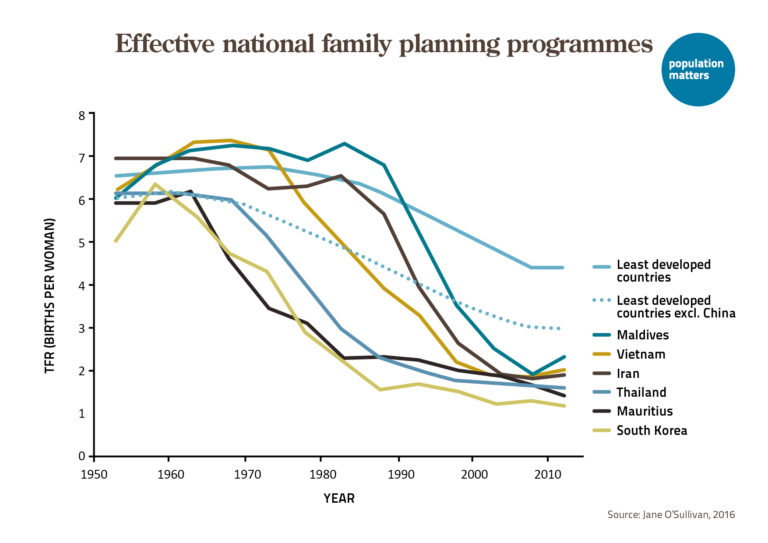

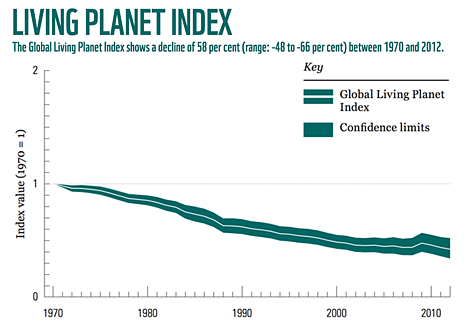
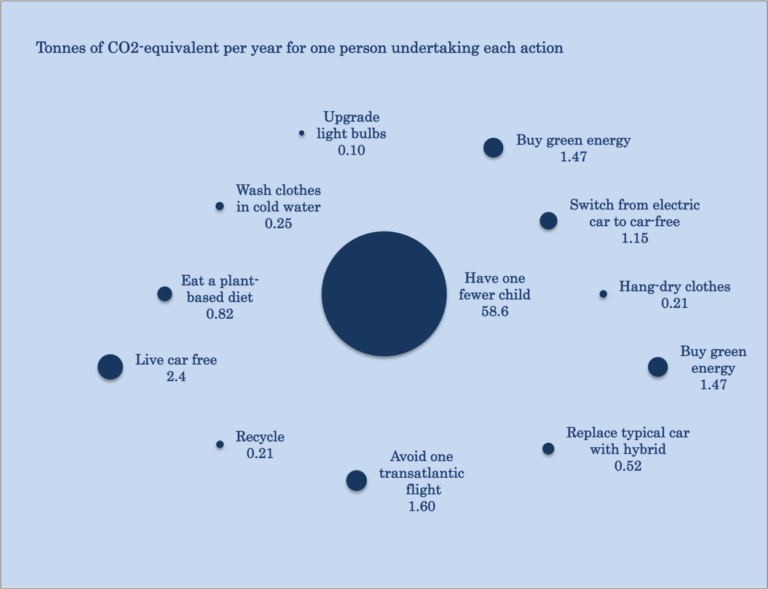
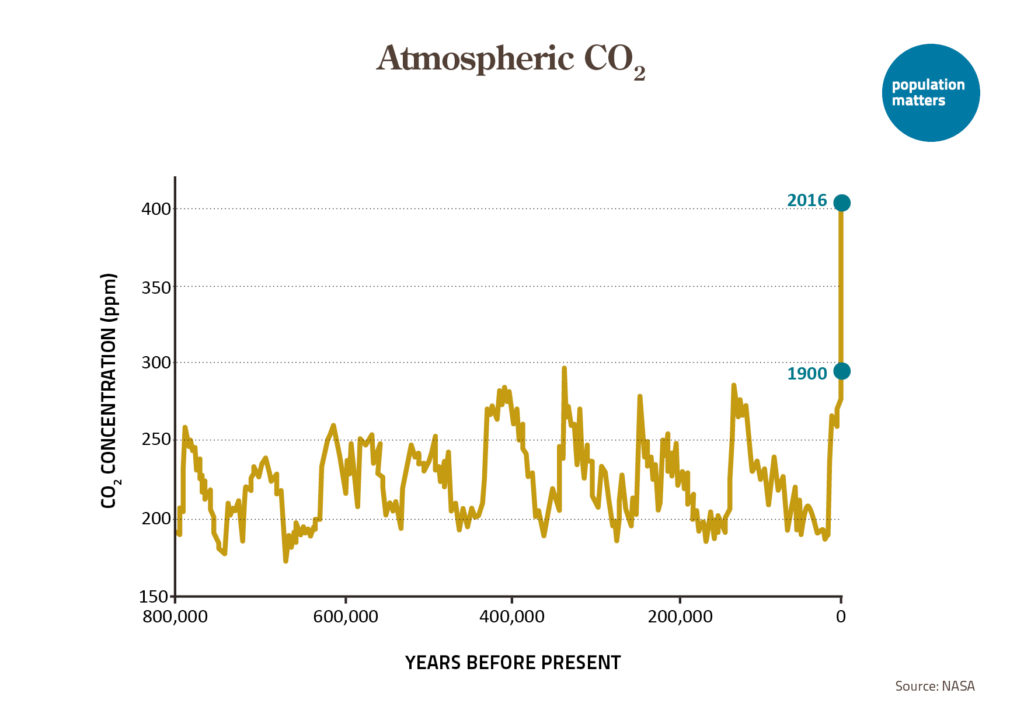
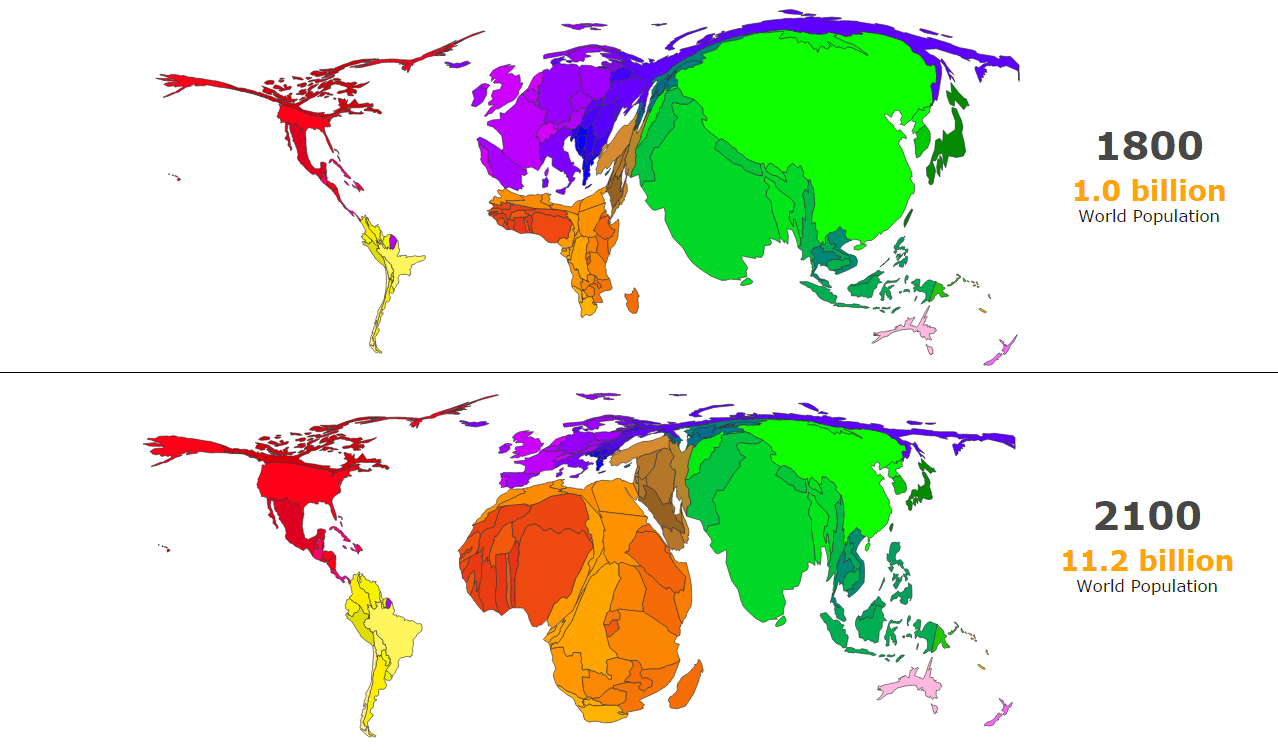
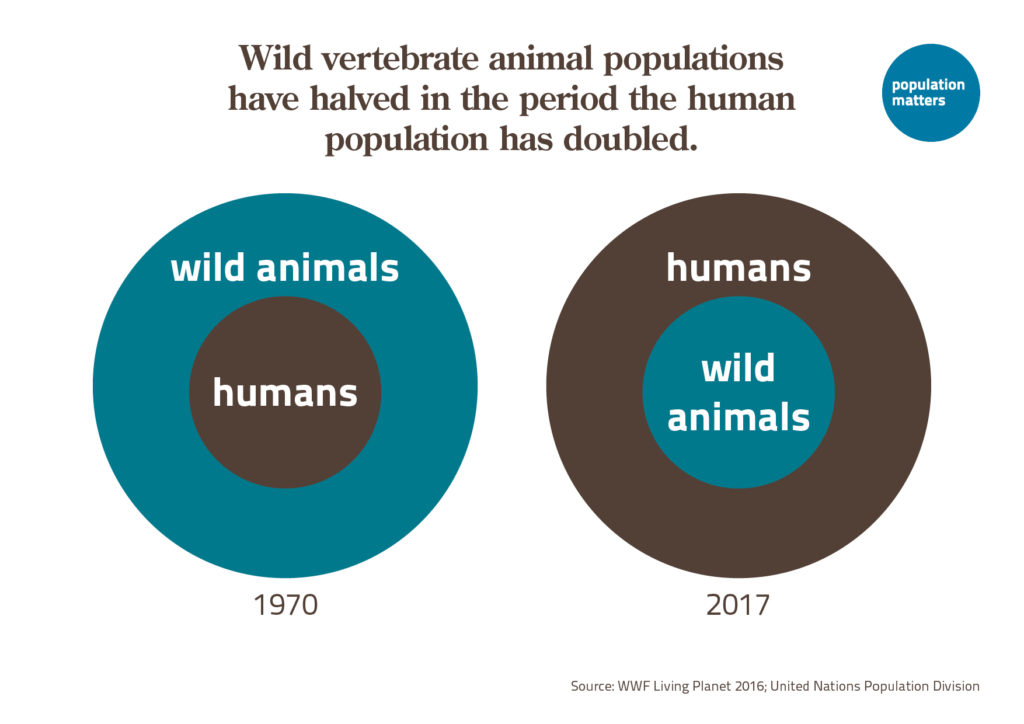
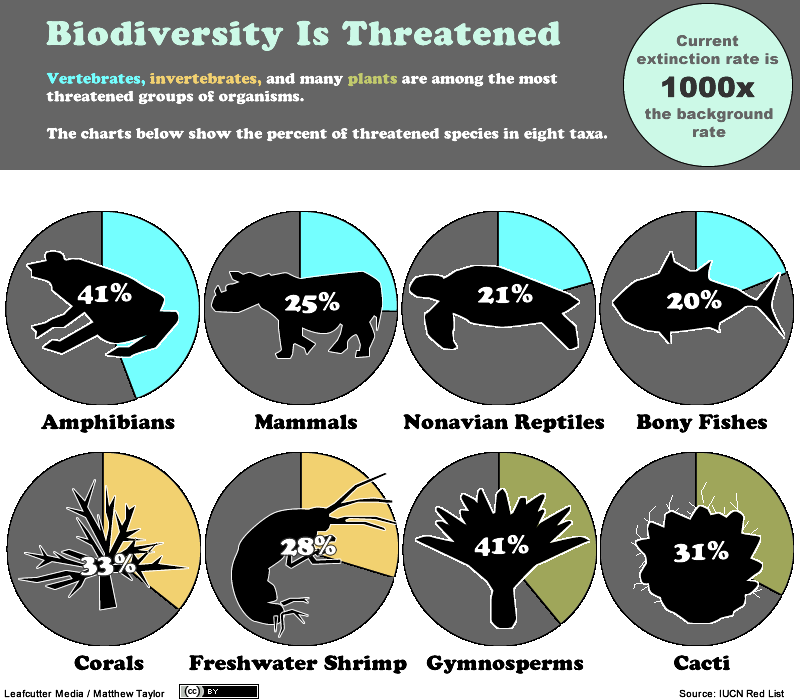

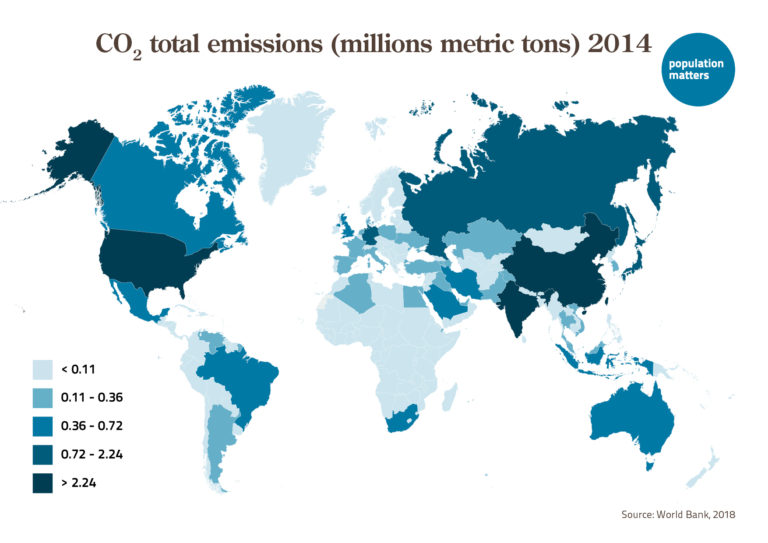

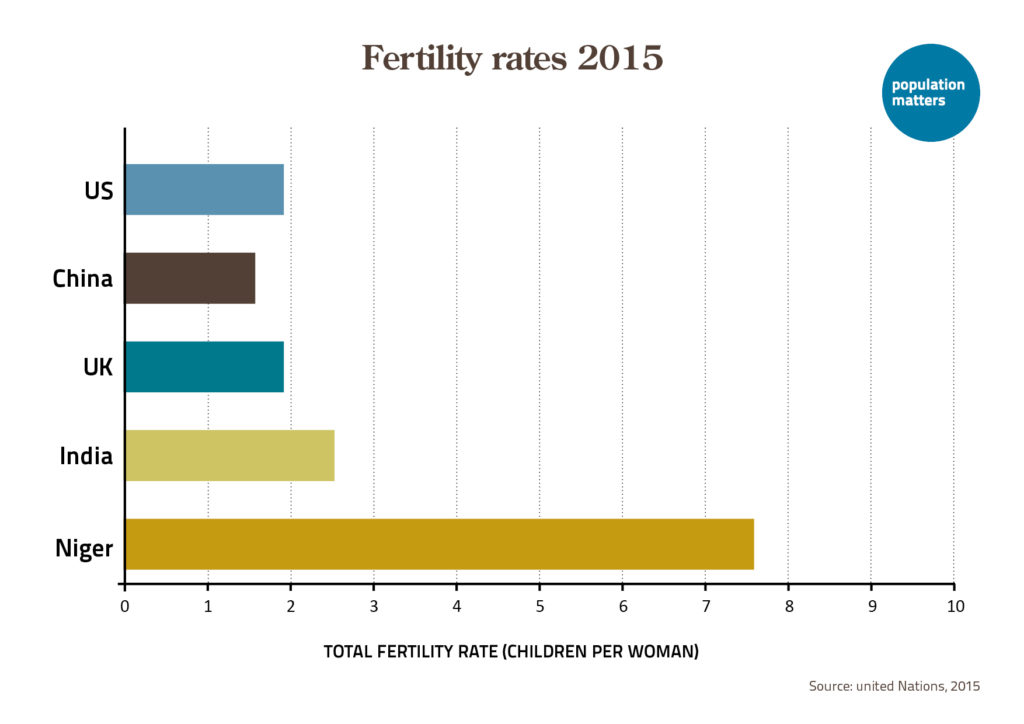
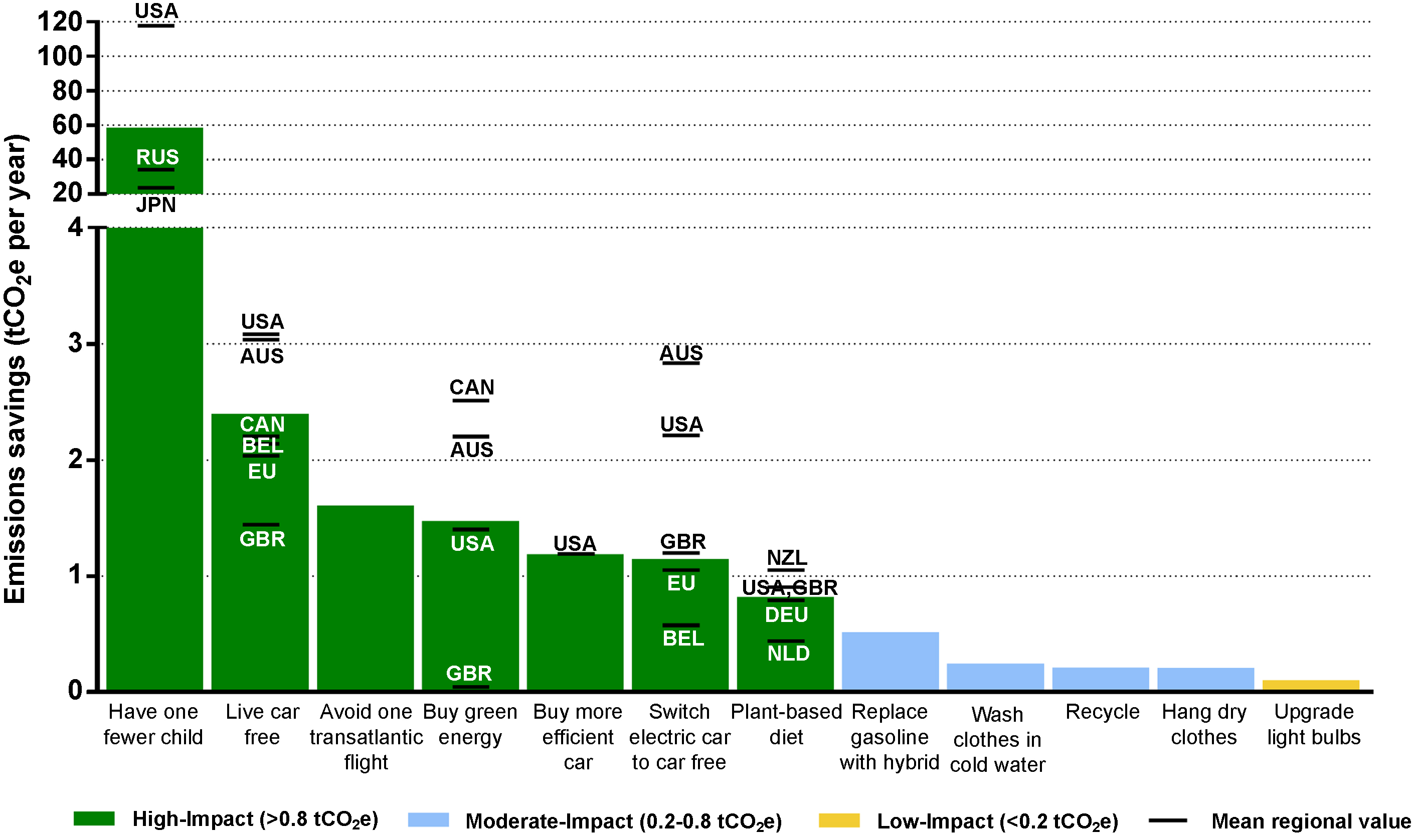



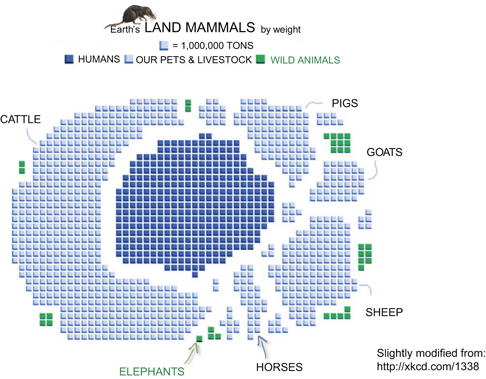

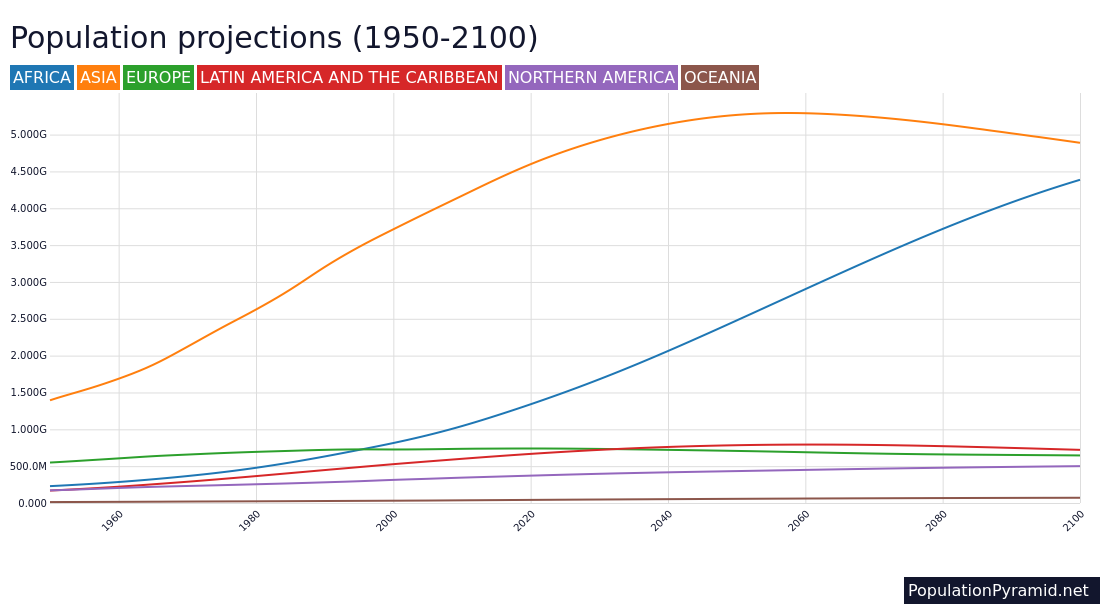
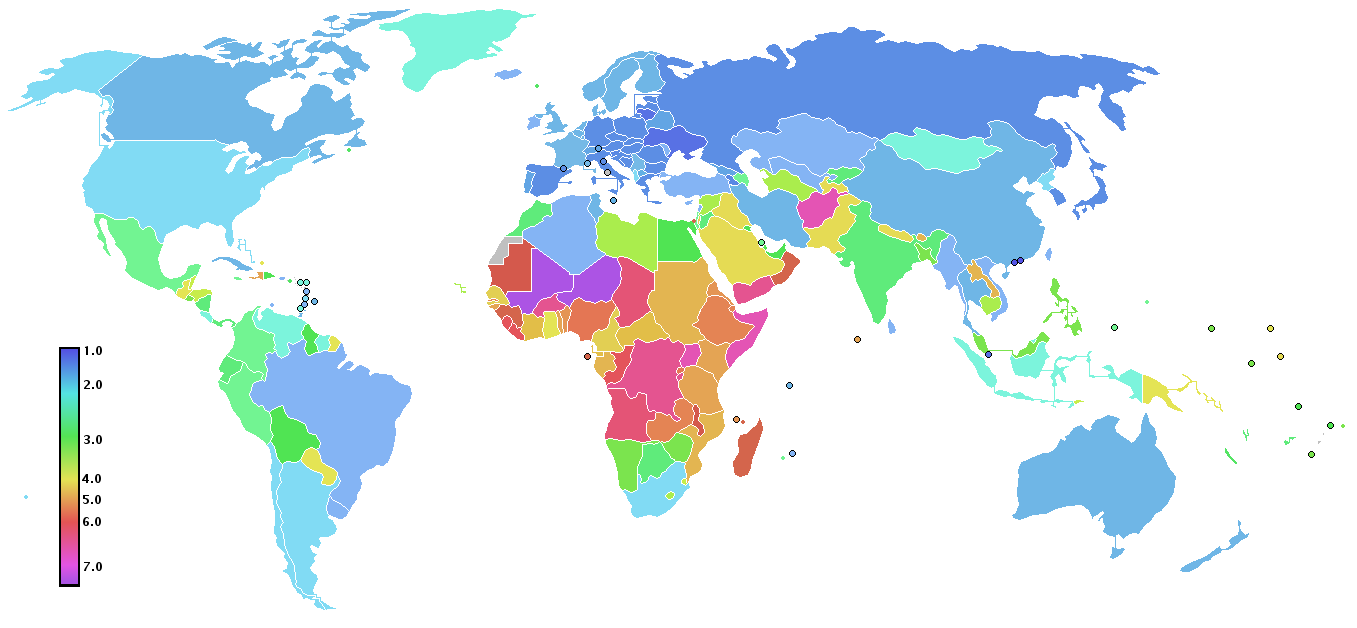
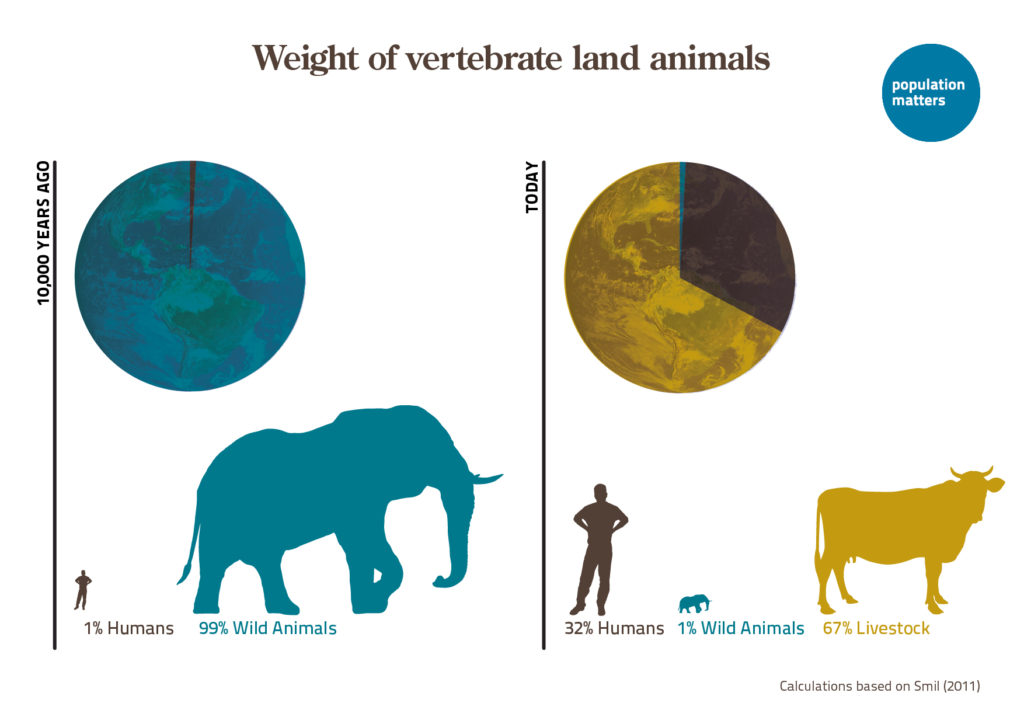

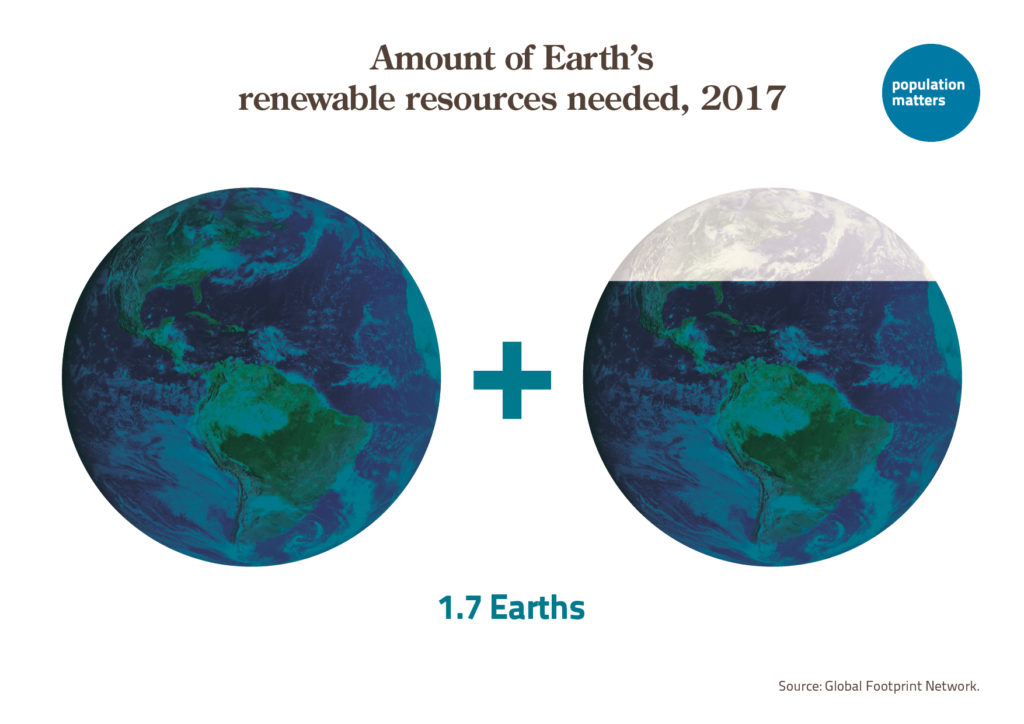


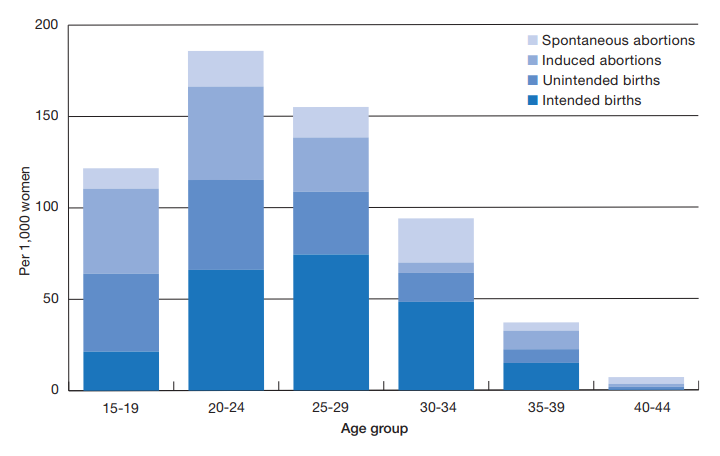
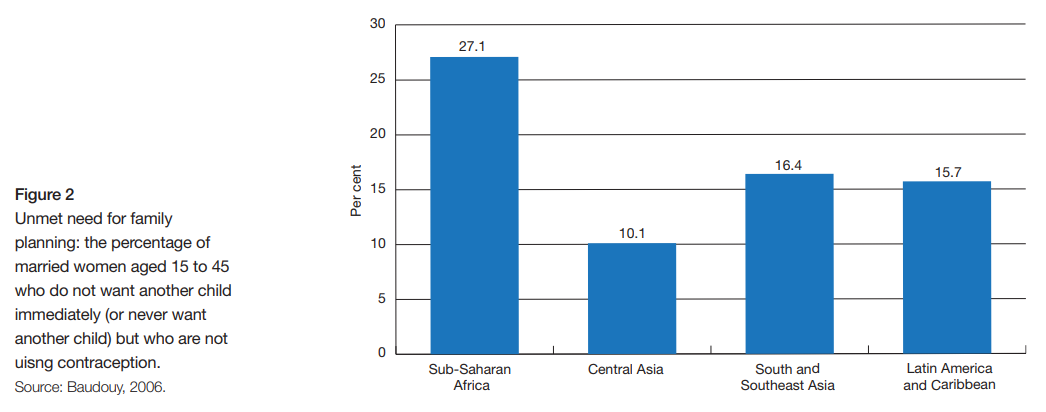
Leave a Reply